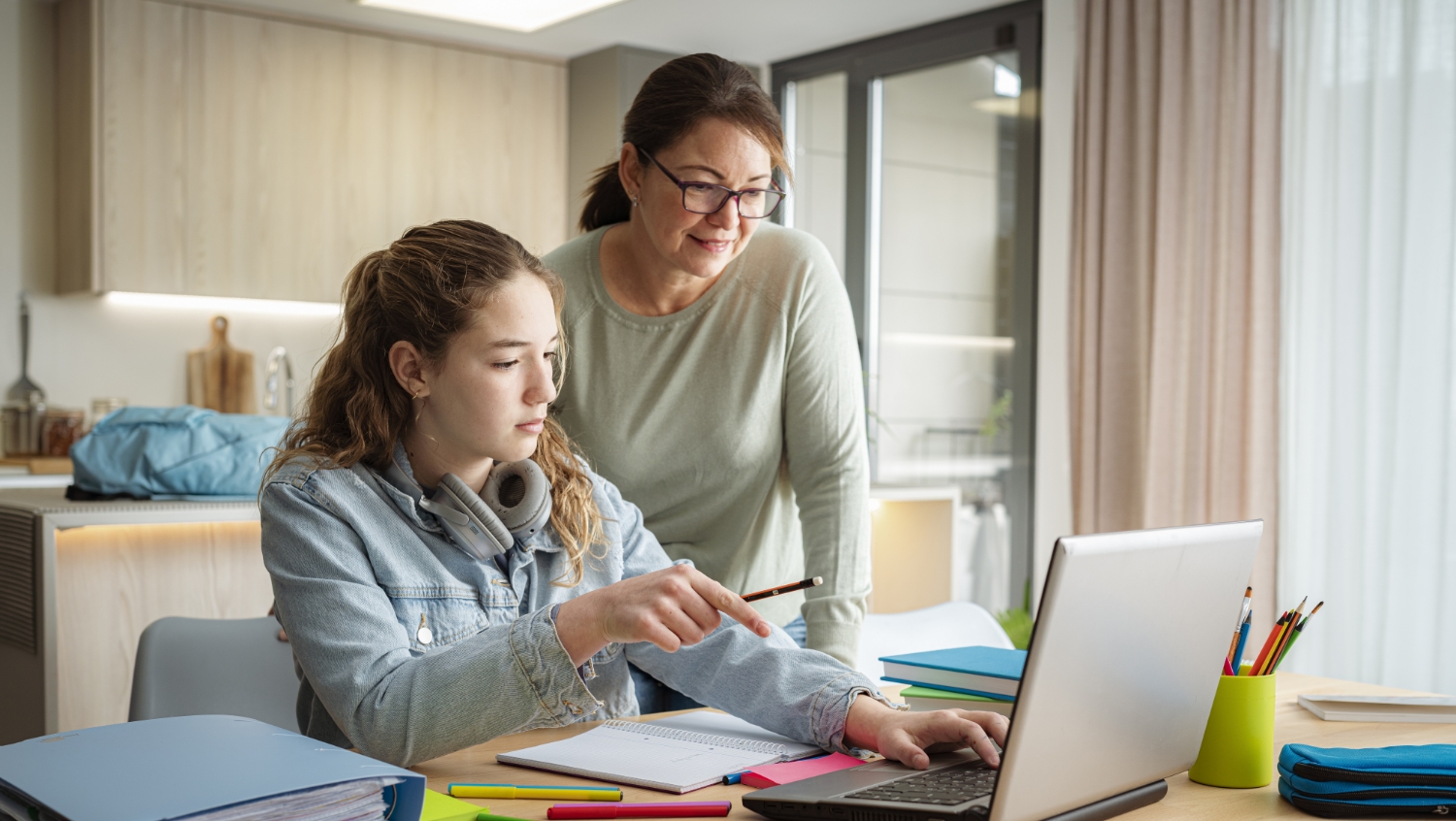Support for pupils during the student mental health crisis
Our Head of Education, Clare Brokenshire, suggests some approaches that teachers and schools can take to support their anxious pupils.

As we all know, teachers and students alike are facing a mental health crisis which shows no sign of slowing or reducing. This has significantly impacted attainment, engagement in class and teacher retention. While individual schools cannot tackle this national crisis in isolation, caused by a myriad of problems, many across the country are finding new and innovative ways to support their teachers in this stressful time of need.
The scale of the problem
Firstly, let’s uncover the true extent of the problem. Students are increasingly struggling with mental health. Many studies have confirmed this, including the
Nightline Association, which provides a helpline to students struggling with mental health challenges. The association recently reported a 51.4 % increase in calls this year in comparison to 2019-20 and a small increase in calls about suicidal thoughts. Most of these calls centred around anxiety and stress (10.9 %), academic issues (10.4 %) and mental health (10.4 %).
We have seen the impact of this on the ground. During this term alone, at Academy21, we have seen a spike in anxiety levels amongst students, with many of whom have been impacted by the financial concerns and strains their parents are grappling with.
Despite their best efforts, teachers are struggling to provide the increase in wellbeing support that students desperately need. A recent report by Academy21 showed 52% of teachers feel they are often seen as social workers by parents and 87 % have lost sleep due to the stress of managing a student’s problem.
Despite this increase in the need for teachers to support students pastorally, there has not been a simultaneous increase in mental health training or support for teachers. Our report also showed 52% of teachers felt ill-equipped to deal with the level of mental health responsibility they deal with today. Additionally, 79% said they don’t always know the right way to support a student going through an emotional breakdown, despite wanting to do all they can to support their students. This has driven 41 per cent of teachers to consider leaving the profession.
So if any of these statistics resonate with you, know that you’re not alone and there are some small steps that all of us can take to help manage our own mental health and to support the young people we work with.
What can be done to support anxious pupils?
The first step to tackling this problem is helping teachers recognise classic signs of anxiety which are often missed. This includes behavioural problems, such as outbursts of anger and sadness. Students with anxiety often find it difficult to regulate their emotions, especially when left without coping mechanisms. These outbursts are often met with punishment, but this could worsen anxiety and push students further away from engaging with their education. Instead, we’ve found such students often respond much better to counselling or mental health support, which can give them the space they need to uncover why they are anxious and how best to deal with this feeling so they don’t escalate.
Other signs may include self-harm and eating disorders, which some students use as a coping mechanism particularly if they haven’t been introduced to alternative ways of expressing and managing their feelings.
There are many effective ways schools are supporting students struggling with anxiety, which have also helped decrease the burden on teachers. For example, by encouraging students to practice emotional regulation exercises such as grounding strategies. This could include:
- reminding themselves of their name, how old they are and where they live, which will help centre their focus and reduce feelings of being overwhelmed.
- breathing exercises such as taking 10 slow breaths, focusing all their attention on the air moving through their body. This can help students feel grounded and reset their emotions, so they’re ready to focus on more constructive activities such as schoolwork.
- mindful walking, a great way to encourage breaks throughout the day, clear their minds and help them to stay focused when in class
- incorporate mindfulness exercises into the classroom, when used regularly mindfulness exercises can improve attention span and the ability to ignore distractions
In addition, at Academy21, we’ve found it effective when students keep a diary or log of the instances where they feel anxious or upset. This can help track triggers or environments which negatively impact a student’s mental health so they can either avoid these or at least be able to guard against them.
Of course all of these tactics, can also help adults manage stress and care for their mental health too!
A school-wide approach
While the individual acts of teachers can be impactful, they aren’t enough to affect whole-school change. This may require revising overall school culture, which is crucial so students feel they can speak to anyone and don’t rely solely on one teacher.
To achieve this, schools can share tips for speaking about mental health and anxiety with family, so conversations can continue at home. This will also help parents/carers support their children, and ensure they have supportive and positive environments beyond the school gates.
As part of this, many schools are also training teachers and students in emotional literacy and vocabulary, which can help them identify, manage and regulate emotions. This is because a rich vocabulary helps people express and understand themselves and the world around them.
Many schools across the country are supporting their teachers who are at the front line of the mental health crisis. I hope this blog gives teachers some practical ideas which can help tackle this threat and ensure everyone has the tools they need to thrive.



